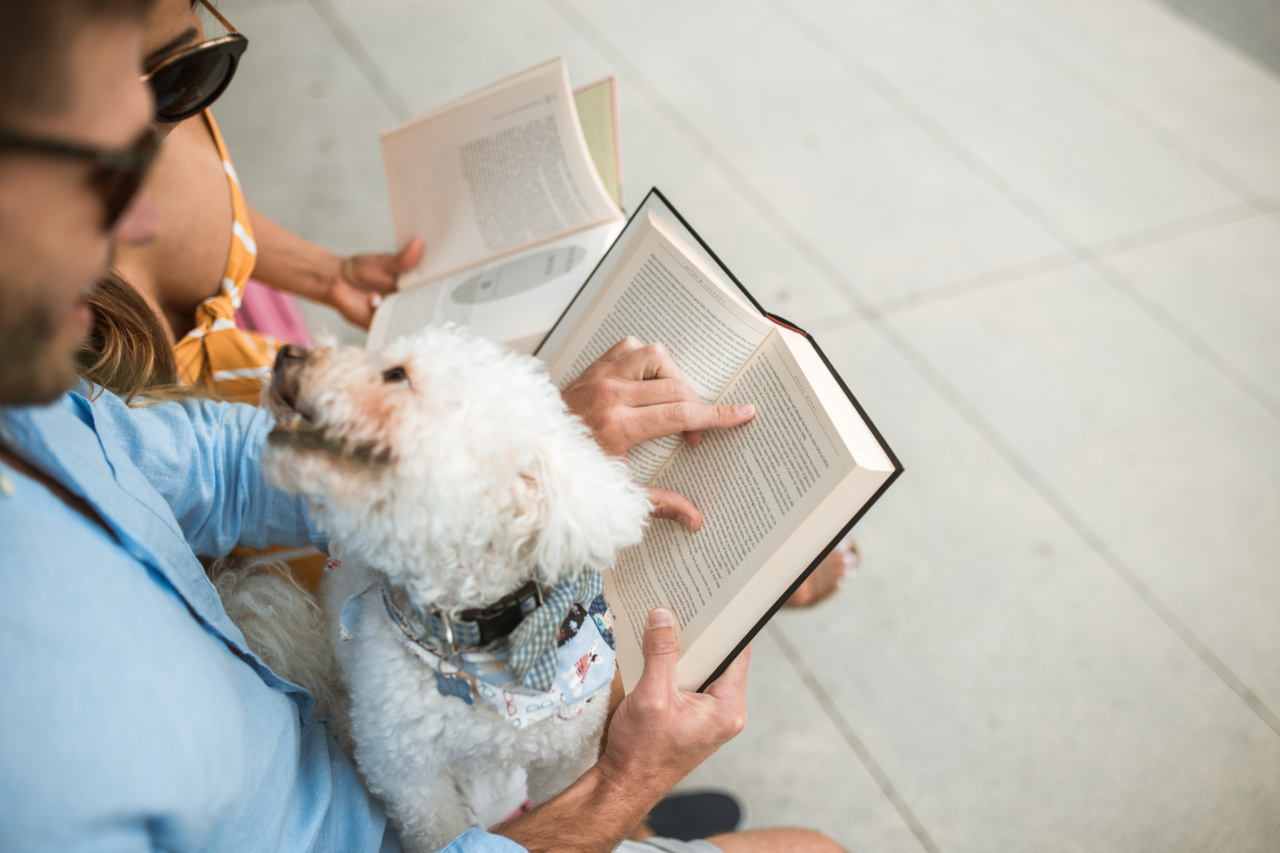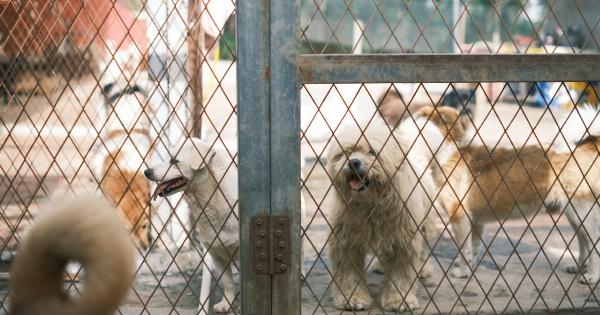As dog owners, it is important for us to understand the various forms of communication our furry friends use to express themselves.
While dogs primarily rely on body language to communicate, it is essential to learn how to interpret these signals, especially when it comes to aggression. By recognizing the signs of aggression, you can prevent potential conflicts, ensure the safety of those around your dog, and address any underlying issues.
1. Understanding Aggression in Dogs
Aggression is a natural behavior in dogs, but it can become problematic if not properly managed.
It is crucial to remember that aggression is often a response to a specific trigger, and it is the dog’s way of expressing discomfort, fear, or frustration. By understanding the causes and triggers of aggression, dog owners can take appropriate measures to address the issue.
2. Body Language Cues
Dogs communicate primarily through their body language. By observing their posture, facial expressions, and tail movements, you can gain valuable insights into their emotional state. Some common signs of aggression include:.
- Stiff body: A rigid and tense body is a clear indication of aggression.
- Direct staring: Dogs may maintain an intense and unwavering gaze when feeling aggressive.
- Growling or snarling: Vocalization is often a warning sign of aggression.
- Bared teeth: When dogs expose their teeth, it signifies an escalation of aggression.
- Backing away: Sometimes, a fearful dog may display aggression as a defensive mechanism.
- Fast wagging tail: Contrary to popular belief, a fast wagging tail with a stiff body can indicate an aggressive stance.
- Superior stance: Dogs may raise their hackles and stand tall to appear more intimidating.
- Snapping or biting: These are clear aggressive behaviors and must be addressed immediately.
- Forward leaning: An aggressive dog may lean forward, ready to lunge or attack.
3. Recognizing Triggers
Aggression in dogs can be triggered by various stimuli or situations. Some common triggers include:.
- Territoriality: Dogs may become aggressive when defending their perceived territory.
- Fear: A dog that feels threatened or scared may exhibit aggression as a defense mechanism.
- Resource guarding: Some dogs may become aggressive when protecting their food, toys, or other valuable possessions.
- Pain or illness: Dogs in pain or discomfort may display aggression if approached or touched.
- Protecting their pack: Dogs are pack animals, and they may show aggression to protect their family members.
- Overstimulation: Excessive excitement or arousal can trigger aggressive behaviors in some dogs.
4. Seeking Professional Help
If you notice signs of aggression in your dog, it is crucial to seek professional help. A qualified dog trainer or behaviorist can assess your dog’s behavior, determine the root cause of aggression, and develop a customized training plan.
They can also guide you on how to safely manage and address the aggression, ensuring the well-being of your dog and those around them.
5. Training and Socialization
Early training and socialization play a vital role in preventing aggression in dogs.
By exposing your puppy to various people, animals, and environments from a young age, you can help them develop appropriate social skills and reduce the likelihood of fear-based aggression. Obedience training is also essential to establish a strong bond with your dog, set boundaries, and promote good behavior.
6. Creating a Safe Environment
To prevent aggression, it is essential to create a safe and positive environment for your dog. This includes:.
- Adequate exercise: Regular exercise helps prevent boredom and can help reduce frustration and aggressive behaviors.
- Consistent routines: Dogs thrive on routine, so establish consistent feeding, play, and rest times.
- Positive reinforcement: Reward-based training methods help foster a positive relationship with your dog.
- Proper socialization: Introduce your dog to a variety of people, animals, and situations in a controlled and positive manner.
- Supervision: Always supervise interactions between your dog and others, especially children or unfamiliar individuals.
- Secure confinement: When necessary, use crates or gates to ensure your dog’s safety and prevent potentially aggressive situations.
7. Avoiding Aggressive Triggers
Preventing aggression in dogs also involves managing their environment and avoiding known triggers, whenever possible. This may include:.
- Separation: If your dog becomes aggressive around certain people or animals, separate them to prevent confrontations.
- Warning signs: Learn to recognize early warning signs of aggression and intervene before the situation escalates.
- Maintaining control: Keep your dog on a leash in public places and ensure they have a reliable recall command.
- Protective equipment: In some cases, the use of a muzzle or a head halter can provide an added layer of safety.
- Avoiding overstimulation: Be mindful of your dog’s tolerance level and avoid exposing them to situations that may overwhelm or trigger aggression.
8. Consistency and Patience
Addressing aggression in dogs requires patience, consistency, and a commitment to their well-being. It is important to understand that behavior change takes time, and setbacks may occur.
Stay consistent with training techniques, provide positive reinforcement, and seek professional guidance when needed. With time and effort, you can help your dog overcome their aggression and establish a harmonious relationship.
9. The Role of Responsible Ownership
As a responsible dog owner, it is your duty to ensure the safety and well-being of your dog and those around them.
This involves educating yourself about aggression in dogs, understanding their body language, and taking appropriate measures to prevent and address aggression. By raising awareness and promoting responsible ownership, we can reduce the incidence of dog aggression and create a safer environment for everyone.
10. Conclusion
Learning to recognize the signs of aggression in dogs is crucial for maintaining a safe and harmonious relationship with your furry companion.
By understanding their body language cues, identifying triggers, seeking professional help when needed, and providing appropriate training and socialization, you can address and prevent aggression in dogs effectively. Remember, a well-balanced and properly trained dog is a happier and safer member of the family.


























